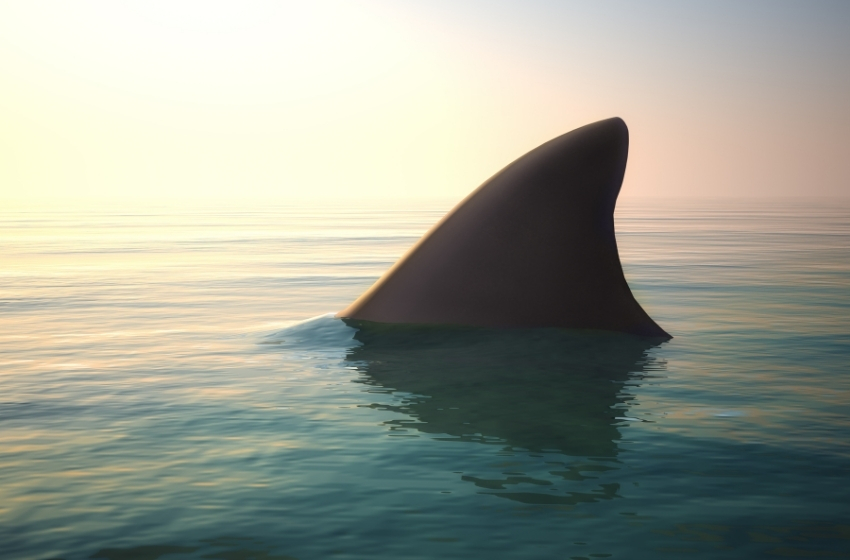The Black Sea spiny dogfish (Squalus acanthias ponticus) is the only species of shark constantly populating the Black Sea basin. It is universal in occurrence in the Black Sea and the Southern part of the Azov. Because of its pointed snout, its head resembles a dog’s face, hence the dogfish appellation. The fish’s massive spines in front of each of their two dorsal fins is why it is termed ‘spiny’. As there are no known cases of dogfish attacking humans, the main danger is hidden in its spines, because the punctures and scratches they can leave on exposed skin may be painful and take a long time to heal, due to venomous glands at the base of the spines.
Compared to other sharks, dogfish have a small-sized body, rarely reaching more than 1.5m in length or more than 10kg of weight. These fish live for 25, years and they reach reproductive age at not less than 13-14 years, which is comparatively late. It is interesting that these fish mate at great depths. As part of its reproductive process, embryos develop inside the female's body and after a very long period of time (18 months!) the already-formed 30cm-long tiny sharks are born resembling their parents. The process is called ovoviviparity.

The name of the genus and family of spiny sharks, to which the Black Sea dogfish belongs, derives from the Latin word squalidus – ‘covered with calloused skin’. The point is that the dogfish body is covered with scales, which can be represented by plates with spines, and which resemble teeth in both their strength and structure. So, it could be said that the dogfish body is literally dotted with sharp teeth, nestled snugly against each other. Due to this arrangement, the skin may seem relatively smooth if you run your hand from head towards tail, but rough as sandpaper if you do so contrariwise.
Dogfish, like other sharks, do not have a swim bladder. As such, they depend on their giant livers for buoyancy; these sometimes reach 25% of the shark’s total weight. The liver of the spiny dogfish contains many low density fats, which make the shark lighter than water. For this reason, the fats from dogfish livers are rich in vitamins A and D, and are used in pharmacology and medicine as a valuable raw material.
Unfortunately, their late maturity and slow reproduction cycle, along with very long period of pregnancy, make dogfish particularly vulnerable to overfishing. These sharks are caught on a massive scale by Japan, China, England, Norway and other countries. In recent years, dogfish in the Black Sea are more often found in bycatches while conducting fishing operations seeking other species, and their population numbers have been decreasing for decades. According to the International Union for the Conservation of Nature, dogfish are classified as a vulnerable species, which means they must be protected.
The publication was prepared with the financial support of the EU – UNDP project ‘Improving Environmental Monitoring in the Black Sea: Selected measures’ (EMBLAS-Plus). This publication was produced with the financial support of the European Union and UNDP. Its contents are the sole responsibility of the authors and do not necessarily reflect the views of the European Union or UNDP.
Authors: B. Aleksandrov, O. Adrianova, N. Atamas, V. Bolshakov, O. Bondarenko, I. Chernichko, V. Demchenko, S. Dyatlov, Y. Dykhanov, E. Dykyi, O. Garkusha, P. Gol’din, S. Hutornoy, V. Komorin, Y. Kvach, V. Mamaev, O. Manturova, O. Marushevska, A. Mikelyan, Yu. Mikhalev, G. Minicheva, I. Sinegub, T. Shiganova, J. Slobodnik, A. Snigiryova, M. Son, K. Vishnyakova, A. Zotov. Illustrator: I. Pustovar.






















